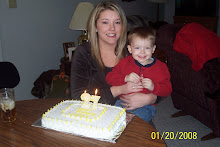
Laurence Yep was born in San Francisco, CA in 1948. As an author, he has won numerous awards, including a Newbery Honor Award. He is one of the most respected Asian-American writers of his time.
He fell in love with writing almost by accident. In high school, his English teacher told his class that to get an "A" they would have to get published in a national magazine. Although the teacher later withdrew that threat, Yep begin writing and sold his first story for a penny a page at the age of 18.
The book I read by Yep was Liar, Liar. This book is fairly old, and the image on this page of the book is not the image on the book I actually read! But the story remains the same. Sean Pierce, a 16 year old, tries to prove that his friend's car was tampered with before he had a fatal accident. When it comes out that Sean has lied before, people pass off his notions as "crazy." For once, he is telling the truth, but it may be too late by the time anybody believes him, because now the killer is after him. This book is a great mystery, and it shows how the boy who cried "wolf" too many times finds it hard to get people to believe in him, especially when the killer is a respected business man. I thought the book was well written, if a little juvenile. The main character took on some responsibilities that most 16-year old boys would not take on.
After doing some research, I wish I had read a different book of his, but this was all my library currently had in. Maybe when I have some free time (ha! ha!) I can read one of his more recent works!
Other titles by Laurence Yep include:
- Dragonwings
- Child of the Owl
- The Lost Garden
- The Rainbow People
- Sea Glass
- Dragon of the Lost Sea
Sources:
Yep, L. (1983). Liar, liar. New York: William Morrow and Company.
www.eduplace.com./kids/hmr/mtai/yep.html Information retrieved on 3-13-08.
www.fantasticfiction.co.uk/y/laurence-yep/ Images retrieved on 3-31-08.












